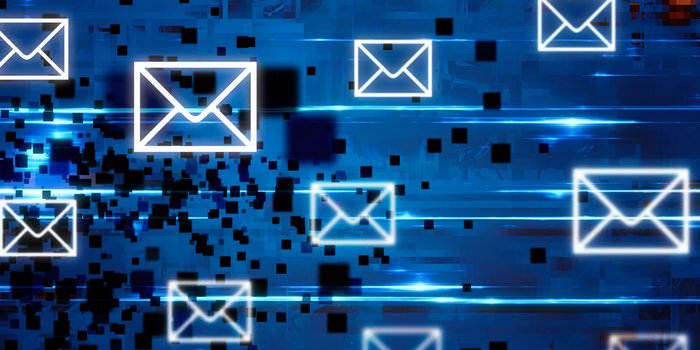You can build a powerful customer connection if your emails are personalized, relevant and perfectly timed. Later, you receive an email from that bank about credit card rates. To leverage the best one-on-one engagement channel they have, companies need to understand the right and wrong ways to do email. It remains the most effective channel marketers have for initiating a conversation and reaching out to their prospects and customers. But even that 0.5 percent makes an impact, though, so companies keep emailing. Triggered emails increase the importance of all the email you send because they establish that you communicate only when you have something meaningful to say to that person. You might email part of your list or all of it, but at "open time," the email can be populated with relevant, personalized content that is truly individualized and unique to each recipient. Using machine learning is the best way to return your email to what email is meant to be -- a meaningful conversation with a person. A recipient who learned about the webinar elsewhere has already signed up for the webinar before opening the email. People appreciate the right communication at the right time.
You can build a powerful customer connection if your emails are personalized, relevant and perfectly timed.

Opinions expressed by Entrepreneur contributors are their own.
It’s happened to all of us, and no one likes it.
You visit a banking site to research home refinancing options. Later, you receive an email from that bank about credit card rates. You browse men’s golf shoes on a retail site and then receive an email about a sale in women’s bathing suits. It just doesn’t make sense.
Email is such a powerful channel for engagement that companies across industries continue sending more and more of it. The problem is when the content of the email is irrelevant, or there’s just too much of it: It turns people off. To leverage the best one-on-one engagement channel they have, companies need to understand the right and wrong ways to do email.
Email is alive and kicking.
Email is certainly not dead. It remains the most effective channel marketers have for initiating a conversation and reaching out to their prospects and customers.
Texting/SMS messages and push notifications share many similarities with email, but people tend to expect push notifications to be both urgent and important. People expect email to be important but not urgent, so they don’t get nearly as annoyed by a non-urgent email as they do by a non-urgent text.
Thus, the best way to reach out to an individual and initiate a conversation with them on a one-to-one level — without irritating them — is email. So why do companies keep abusing the power of email?
You’re doing it wrong.
Years ago, you could achieve email click-through rates of around 5 percent. These days, you’re lucky to get click-through rates of 0.5 percent. But even that 0.5 percent makes an impact, though, so companies keep emailing.
And then they get caught in an email death spiral. They find that open and click-through rates keep declining while opt-outs keep increasing. To get the same impact, they hit the list harder and send more frequent emails. But those emails lead to fewer opens, decreased click-throughs and more opt-outs. So they grow the list and send even more emails. And so on…
If this is you, take a deep breath, step out of the cycle, and do email differently. “One size fits all” emails cannot be nearly as relevant — and therefore never as engaging — as they might be if they were individualized. You have an excellent, one-to-one channel that allows you to reach out to a particular person, to appear in their inbox (the same place where they communicate with friends, colleagues and customers), and to begin a conversation with them, but instead, you sent…

COMMENTS